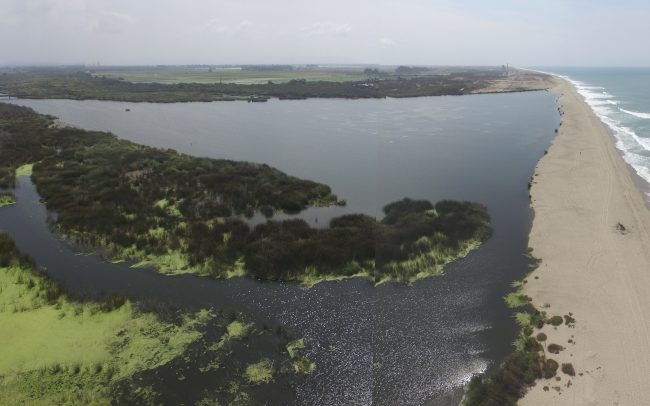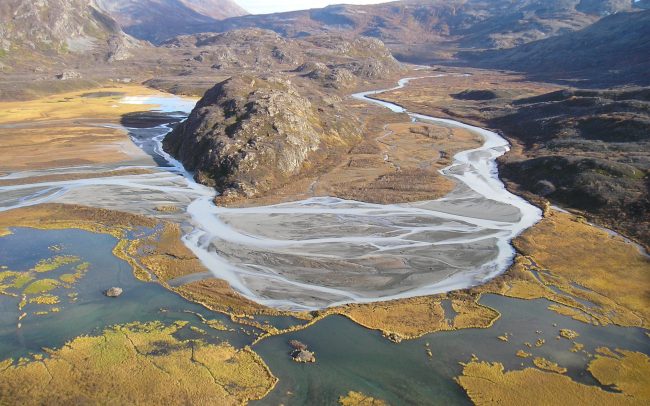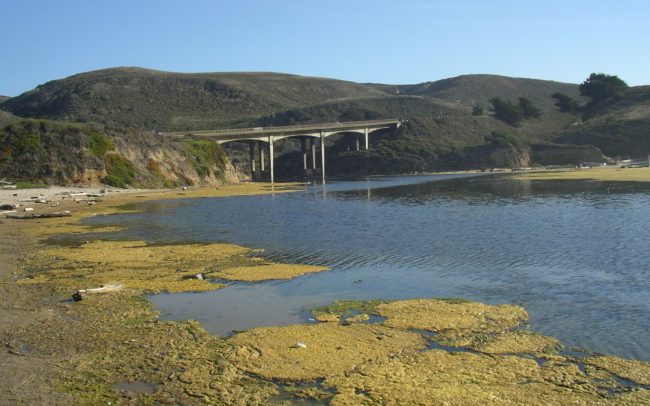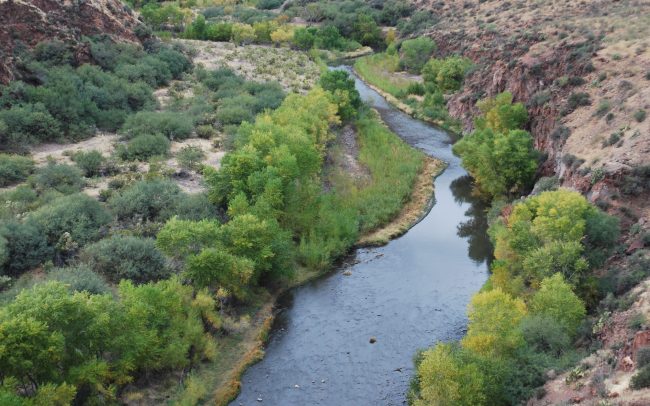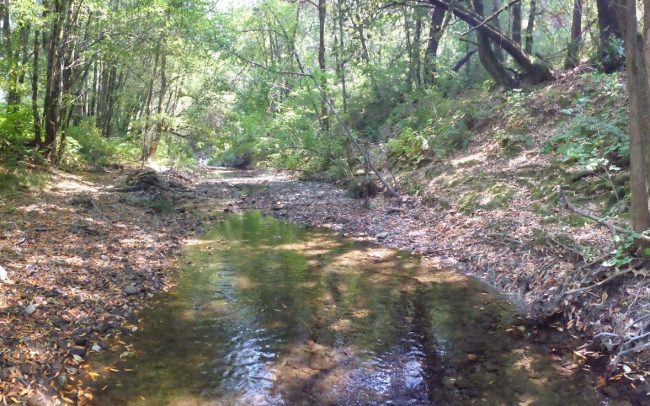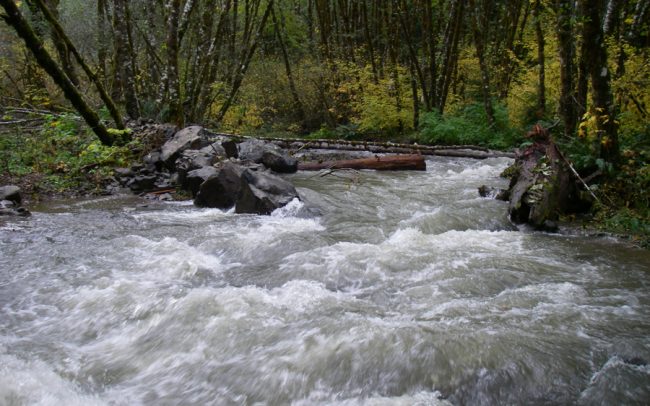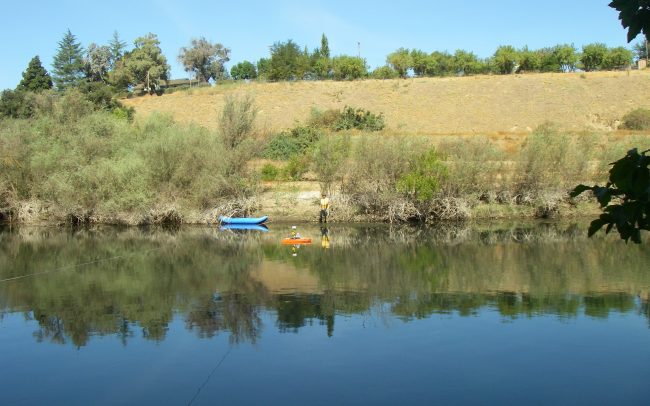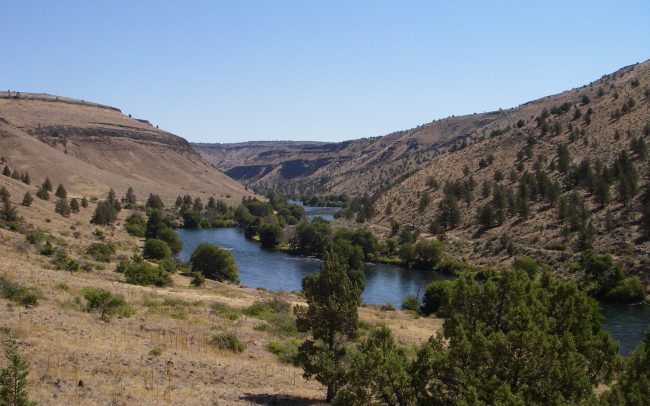The San Gregorio Creek Watershed Management Plan project was initiated in 2007 with the overarching goal of improving ecological conditions in San Gregorio Creek watershed to provide multiple benefits, such as protecting and enhancing native fish and wildlife populations, increasing ecosystem functioning, and maintaining the rural quality of life in the watershed. This collaborative project was led by the Natural Heritage Institute, the San Gregorio Environmental Resource Center, and a range of other partners with funding from the State Water Resources Control Board. The project culminated in the production and distribution of the San Gregorio Creek Watershed Management Plan, which characterized watershed conditions, identified factors limiting focal species populations, and recommended management and restoration actions. Stillwater Sciences implemented a Limiting Factors Analysis to guide the development of restoration actions and led the basin characterization and development of the Watershed Management Plan.
Stillwater employed a Limiting Factors Analysis (LFA) to evaluate factors limiting the growth and production of four focal species: California red-legged frog (Rana draytonii), coho salmon (Oncorhynchus kisutch), steelhead (O. mykiss), tidewater goby (Eucyclogobius newberryi). The LFA was an iterative process that started with the identification of key issues and a characterization of the San Gregorio Creek watershed’s physical and biological attributes through review of existing information and consultation with local experts. We then created initial conceptual models for each focal species that described the species physical habitat requirements and general constraints to population growth, using these models to develop preliminary hypotheses regarding watershed habitat condition and potential limiting factors. Stillwater Sciences conducted focused studies (e.g., population and habitat assessments) to test preliminary hypotheses and refine initial conceptual models to reflect watershed conditions. Identification of limiting factors allowed basin managers to identify sensitive areas and recognize management and restoration opportunities. The LFA process facilitated future hypothesis generation to address new uncertainties about focal species’ limiting factors as habitat responds to management and restoration actions, guiding future research needs.
Stillwater developed an innovative, user-friendly, web-based information database for the San Gregorio Creek basin, providing a rare opportunity for managers, land owners, and ecologists alike to engage with all available data in this grassroots watershed planning effort. This graphical interface, which requires no special database or software to explore and use, provides a hands-on resource for all issues related to the watershed to help guide the development of the Watershed Management Plan.

